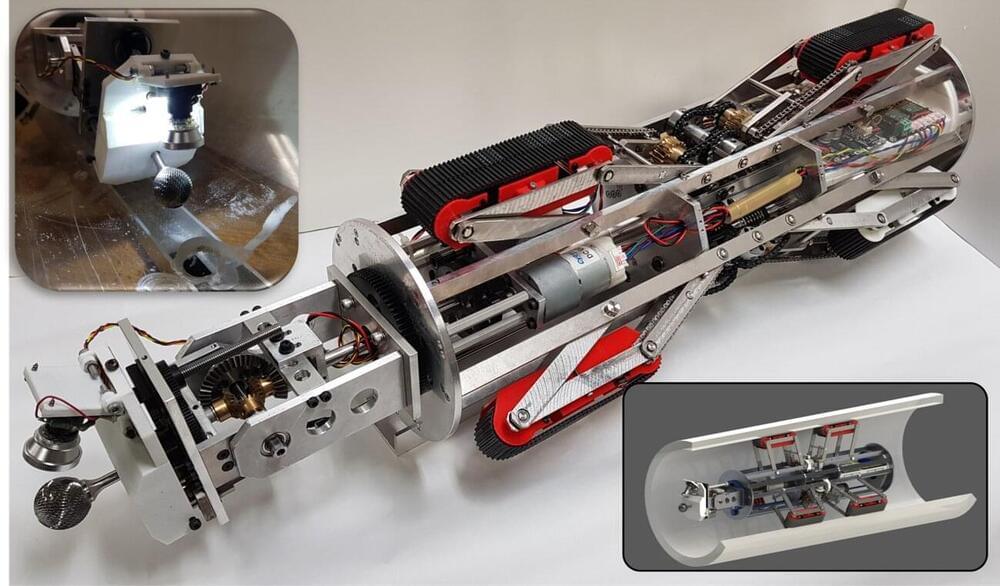Petra emerged from stealth this week, announcing a $30 million Series A. The round, led by DCVC, brings the robotics company’s funding up to $33 million, with additional participation from ACME Capital Congruent Ventures, 8VC, Real Ventures, Elementum Ventures and Mac Venture Capital.
“We’ve invented a completely new way to excavate rock and this will have profound implications on the future of tunneling,” co-founder and CEO Kim Abrams said in release tied to the news. “By delivering a boring solution that affordably undergrounds utilities through high-grade rock, we can finally protect communities from exposure to wildfires and ensure the safety of critical infrastructure in disaster-prone areas, especially in places like the Sierra Nevada mountains, Rocky Mountains, and coastal regions.”
The news arrives as the company is announcing a successful pilot of its robot, Swifty. According to the firm, the robot successfully bored a 20-foot tunnel through Sioux Quartzite at a rate of one inch-per-minute. The metamorphic rock is notoriously hard, making it a popular choice for buildings in the upper Midwest region in which it is found. That strength, however, also makes it a formidable challenge from infrastructure and other projects that require tunneling.





